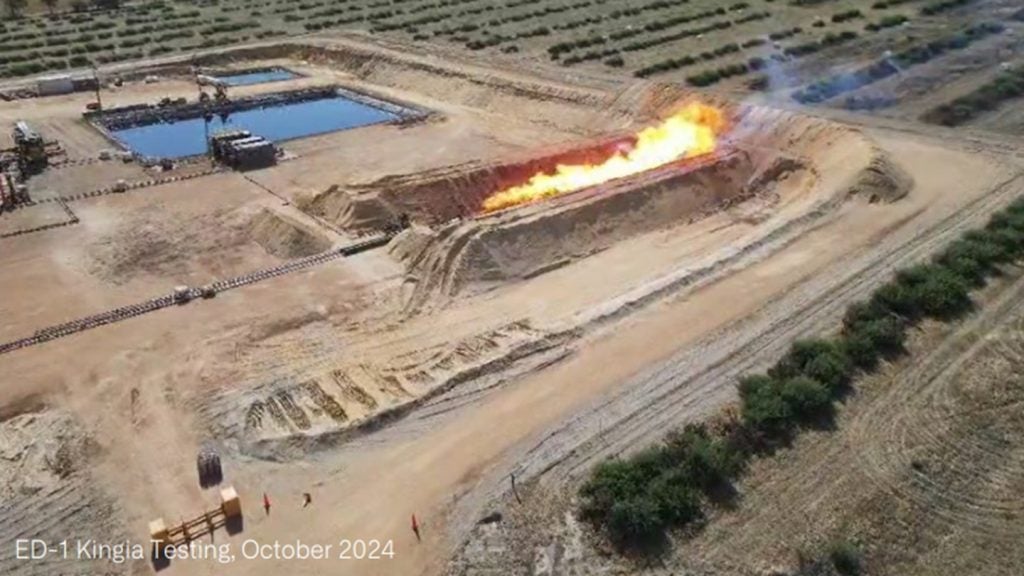
Oil prices have declined due to a projected increase in US crude stockpiles and as Saudi Arabia committed to keep markets balanced.
Brent crude futures, the international benchmark for oil prices, fell 39 cents per barrel to trade at $71.79 while US West Texas Intermediate (WTI) crude futures for July delivery dipped 59 cents to reach $62.54 a barrel.
Despite the fall in prices, analysts opined that oil markets continue to experience tightness on account of ongoing OPEC-led supply cuts and rising political tension in the Middle East.
Data released by industry body American Petroleum Institute (API) showed that US crude inventories increased by 2.4 million barrels for the week ending 17 May to 480.2 million barrels.
Following a cabinet meeting on 21 May, Saudi Arabia Media Minister Turki Al-Shabanah stated that the kingdom was committed to achieving balance and stability in the oil market on a sustainable basis.
Saudi Arabia is the de-facto leader of the OPEC. The producer cartel enforced production cuts in January 2019 in a bid to reduce global oversupply.
How well do you really know your competitors?
Access the most comprehensive Company Profiles on the market, powered by GlobalData. Save hours of research. Gain competitive edge.

Thank you!
Your download email will arrive shortly
Not ready to buy yet? Download a free sample
We are confident about the unique quality of our Company Profiles. However, we want you to make the most beneficial decision for your business, so we offer a free sample that you can download by submitting the below form
By GlobalDataBank of America Merrill Lynch noted that crude production by OPEC and its allies fell by 2.3 million barrels per day (bpd) during the period between November 2018 and April 2019 as a result of the cuts.
The supply cuts have had a say on Brent crude prices. Since the start of 2019, prices have soared by more than a third.
Meanwhile, Morgan Stanley has projected that tight supply and demand fundamentals will help push Brent prices to trade in a $75-$80 per barrel range in the second-half of 2019.







